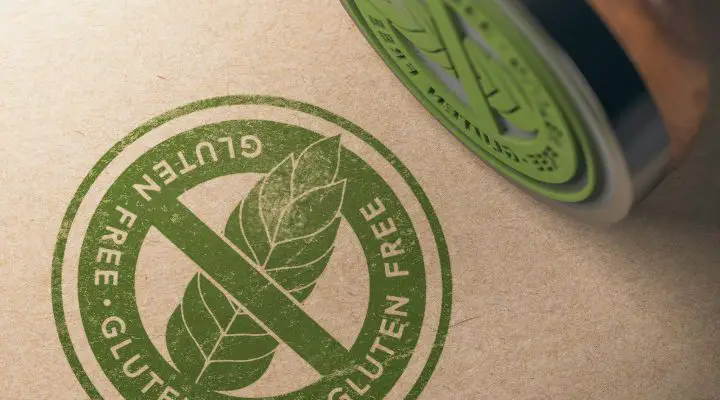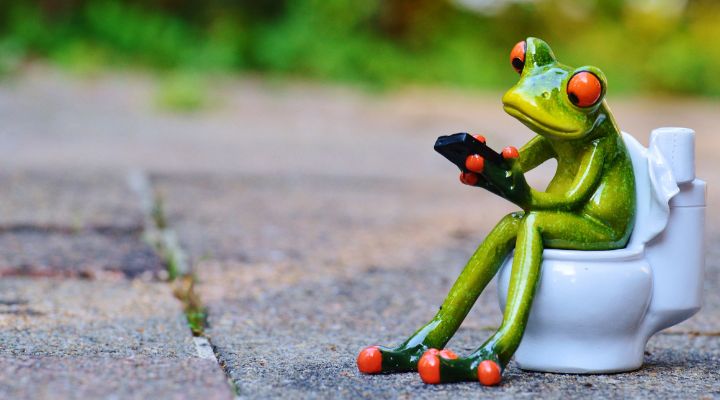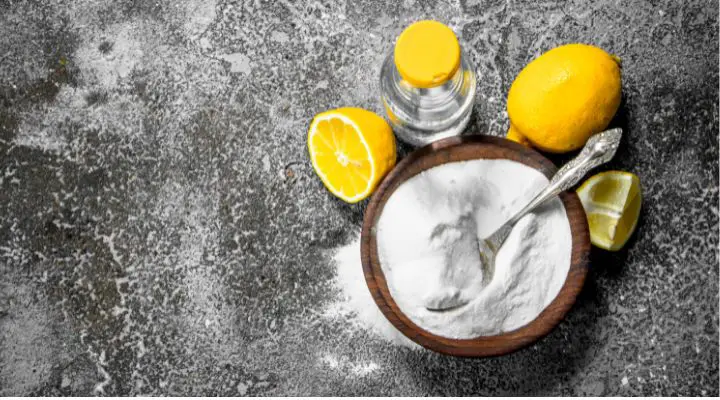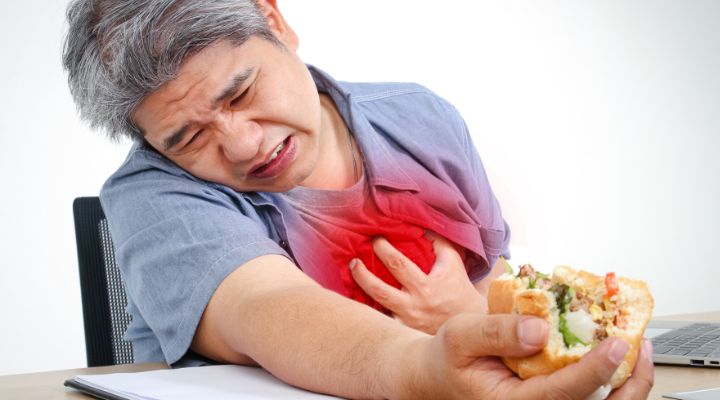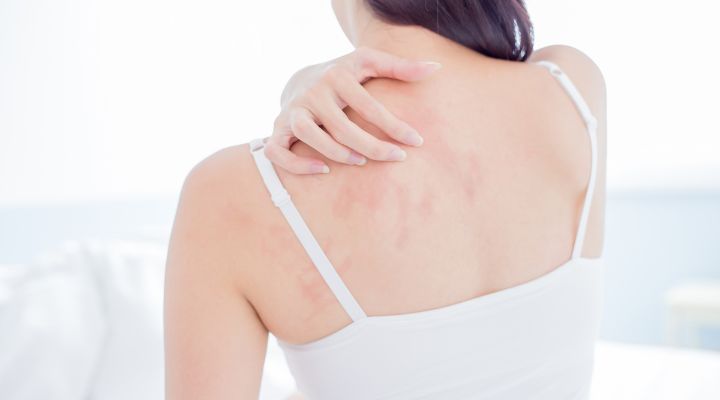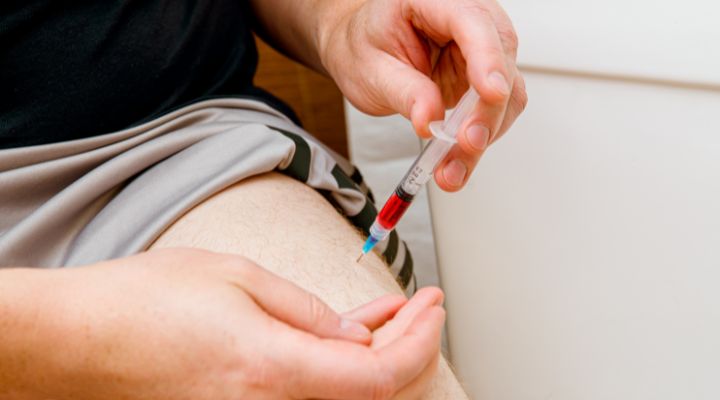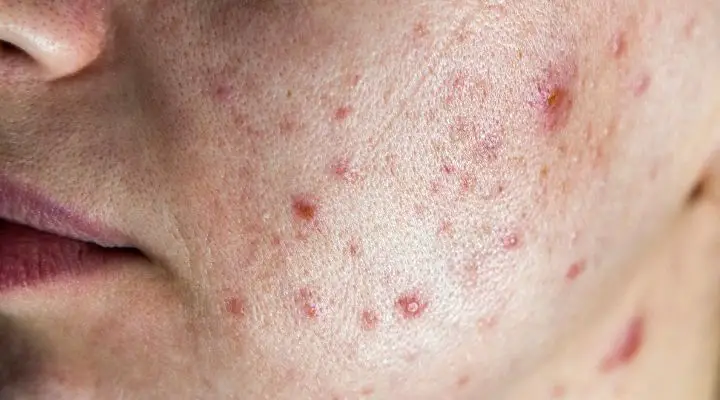Gluten sensitivity is a condition that affects millions of people worldwide. While it shares some similarities with celiac disease, it’s important to understand that gluten sensitivity is a distinct condition with its own set of symptoms and implications. In this article, we’ll explore the signs that may indicate you’re gluten sensitive, how to manage the condition, and the benefits of adopting a gluten-free lifestyle.
Introduction to Gluten Sensitivity
What is gluten?
Gluten is a protein found in grains like wheat, barley, and rye. It provides the flexibility to dough and aids in food preservation
Definition of gluten sensitivity.
Gluten sensitivity, also known as non-celiac gluten sensitivity (NCGS), is a condition characterized by adverse reactions to gluten ingestion in individuals who do not have celiac disease or wheat allergy.
Understanding Gluten Sensitivity
Differentiating between celiac disease and gluten sensitivity.
Gluten consumption causes the autoimmune condition known as celiac disease, which damages the small intestine. Gluten sensitivity, on the other hand, does not cause the same type of intestinal damage but can still result in uncomfortable symptoms.
Symptoms of gluten sensitivity.
The symptoms of gluten sensitivity can vary widely among individuals but often include digestive issues, fatigue, headaches, joint pain, and mood disturbances.
10 Signs You Might Be Gluten Sensitive
Digestive issues.
One of the most common signs of gluten sensitivity is digestive problems such as bloating, gas, diarrhea, or constipation after consuming gluten-containing foods.
Fatigue and tiredness.
Feeling tired or fatigued, even after getting enough sleep, can be a sign of gluten sensitivity. This fatigue may be accompanied by brain fog or difficulty concentrating.
Headaches and migraines.
Many people with gluten sensitivity report experiencing frequent headaches or migraines, especially after consuming gluten.
Joint pain.
Unexplained joint pain or inflammation, often mistaken for arthritis, can be a symptom of gluten sensitivity in some individuals.
Skin problems.
Skin conditions like eczema, dermatitis herpetiformis, or unexplained rashes may indicate gluten sensitivity in sensitive individuals.
Mood swings and depression.
Gluten sensitivity can affect mental health, leading to mood swings, anxiety, depression, or irritability.
Brain fog.
Feeling mentally foggy or having trouble concentrating after consuming gluten-containing foods is a common symptom reported by those with gluten sensitivity.
Nutrient deficiencies.
Malabsorption of nutrients due to intestinal damage or inflammation caused by gluten sensitivity can lead to deficiencies in vitamins and minerals like iron, calcium, and B vitamins.
Autoimmune diseases.
Some autoimmune conditions, such as Hashimoto’s thyroiditis or rheumatoid arthritis, have been linked to gluten sensitivity in some studies.
Unexplained weight loss or gain.
Fluctuations in weight that cannot be explained by changes in diet or exercise may be a sign of underlying gluten sensitivity.
Diagnosing Gluten Sensitivity
Importance of seeking medical advice.
If you suspect you have gluten sensitivity, it’s essential to consult with a healthcare professional for proper diagnosis and management.
Tests for gluten sensitivity.
While there is no specific test for gluten sensitivity, healthcare providers may recommend blood tests, genetic testing, or an elimination diet to determine if gluten is the culprit behind your symptoms.
Managing Gluten Sensitivity
Gluten-free diet.
The cornerstone of managing gluten sensitivity is adopting a strict gluten-free diet. This involves avoiding all foods and products containing wheat, barley, rye, and cross-contaminated items.
Reading food labels.
Learning to read food labels and identify hidden sources of gluten is crucial for those with gluten sensitivity to prevent accidental ingestion.
Seeking support from healthcare professionals.
Working with a registered dietitian or nutritionist can help you develop a balanced gluten-free meal plan and navigate potential nutritional deficiencies.
Living with Gluten Sensitivity
Adjusting to a gluten-free lifestyle.
Transitioning to a gluten-free diet may require adjustments to your shopping habits, meal preparation, and social activities.
Coping strategies.
Finding support from friends, family, or online communities can help you cope with the challenges of living with gluten sensitivity.
Emotional support.
Dealing with a chronic condition like gluten sensitivity can take a toll on your emotional well-being. Never be afraid to ask a therapist or counselor for assistance if you need it.
Benefits of Going Gluten-Free
Improved digestion.
Many people with gluten sensitivity report relief from digestive symptoms like bloating and discomfort after eliminating gluten from their diet.
Increased energy levels.
Following a gluten-free diet may lead to increased energy levels and reduced fatigue in individuals with gluten sensitivity.
Clearer skin.
Eliminating gluten-containing foods may improve skin conditions like eczema or acne for some individuals.
Better mood and mental clarity.
Reducing or eliminating gluten intake has been linked to improved mood and mental clarity in some people with gluten sensitivity.
Potential Challenges
Social situations.
Navigating social events or dining out can be challenging when following a gluten-free diet, but with planning and communication, it’s manageable.
Traveling.
Traveling while gluten-sensitive requires extra preparation and research to find safe dining options and snacks on the go.
Dining out.
Eating out at restaurants can be risky for those with gluten sensitivity due to the potential for cross-contamination, but many establishments now offer gluten-free menu options.
Myths and Misconceptions
Gluten sensitivity is a fad.
While the gluten-free diet trend has gained popularity in recent years, gluten sensitivity is a real condition that can cause significant discomfort and health issues for those affected.
Everyone should go gluten-free.
While some people may benefit from reducing gluten intake, not everyone needs to follow a gluten-free diet. It’s essential to seek medical advice before making any dietary changes.
Conclusion
In conclusion, recognizing the signs of gluten sensitivity is the first step toward managing the condition and improving your quality of life. If you suspect you’re gluten sensitive, consult with a healthcare professional for proper diagnosis and guidance on adopting a gluten-free lifestyle. Remember, you’re not alone, and there are resources and support available to help you navigate living with gluten sensitivity.
